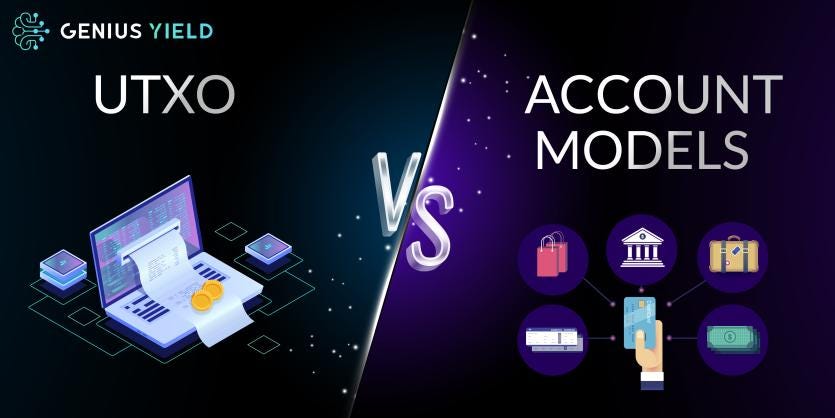
For decades, finance and data systems relied on centralized systems. This bottleneck created gatekeepers of commerce and information that made a fortune from their positions of power. Blockchain platforms eliminated these middlemen and ensured that commerce and data control were more democratic and accessible. Transacting parties benefit from a public and transparent blockchain to provide clarity on all transaction charges they incur and other vital information.
In all, a blockchain exists as a data structure and a state machine designed purposefully to record preceding events and all user-initiated user interactions. Depending on the creator, different accounting models might be used to keep track of this “state system.”
Therefore, there is a state transition with every block defined by the state transition logic. For every state transition, there is an automated update of the system to reflect the status of the new state. This scheme applies in all blockchains regardless of workflow used, mainly unspent transaction output (UTXO) or account models.
The difference between UTXO and the account models depends primarily on how the book-keeping is handled.
Differences between Accounting and UTXO Blockchains
The first main difference between the UTXO and account model system lies in the type of “accounting” in place. In the UTXO arrangement, the blockchain is based entirely on individual transactions grouped into blocks, more like a cash system. All outputs must therefore be spent as a whole because transactions contained in the previous block are immutable and permanently stored in the blockchain. Meanwhile, digital assets are traced more like a bank with accounts in the account-based model. Here, digital assets held in an address are represented as balances. The “account” balance will increase when coins are deposited and reduce when spent. Accordingly, it is possible to spend partial balances, unlike in UTXO systems where outputs must be spent wholly. All these balances in the Account system are stored in the global state and updated per transaction on the node levels.
The second is on scalability. Here, there will be two ways to look at each system. On one side, consideration is on storage requirements, and on the other, the view is on which system is best for deploying layer-2 solutions for better scaling. Account models are more efficient in memory storage, meaning nodes can save more money. Transaction sizes are relatively smaller than in UTXO systems since transactions usually capture basic information regarding the sender, receiver, amount, and digital signature. With this, it is also easier to onboard new nodes because only a little data is required for syncing. These properties mean Account models are more suitable for layer-2 deployments. On the other hand, state channels and sharding scaling solutions run more efficiently on UTXO than in accounts blockchains because the UTXO model is more like a verification system, a construction allowing for faster deployment of these scaling options.
On Privacy, there are benefits to both systems. For instance, the UTXO model makes it harder for third parties to link transactions. On the other hand, accounting models are built for fungibility, translating to easier cataloging. If a user sending a transaction in a UTXO blockchain constantly changes their receiving addresses, it would be tough to track the owner since a new address has no previously known owner. To crack its identity, it would require advanced chain analysis. Still, prioritizing transparency over fungibility in UTXO systems means accounting-type blockchains have an edge with better privacy. By default, these networks have a “coin-mixer” like feature. All deposits add up to the previous balance making it harder to determine which assets were from which addresses. On spending, an external observer would, therefore, know which assets are being spent.
To Cap It Up
Both models have their benefits depending on the use case. While one blockchain can use the UTXO system to ride on sharding, the other development group can deploy the accounting model to tap on fungibility and coin-mixing features. Modern blockchains have built a hybrid system to tap on both systems. Meanwhile, Cardano and Genius Yield identifies the benefits of UTXO accounting and has added smart contracting to release an extended UTXO system with smart contracting, resulting in massive benefits for DeFi dApps searching for security and low bandwidth requirements.